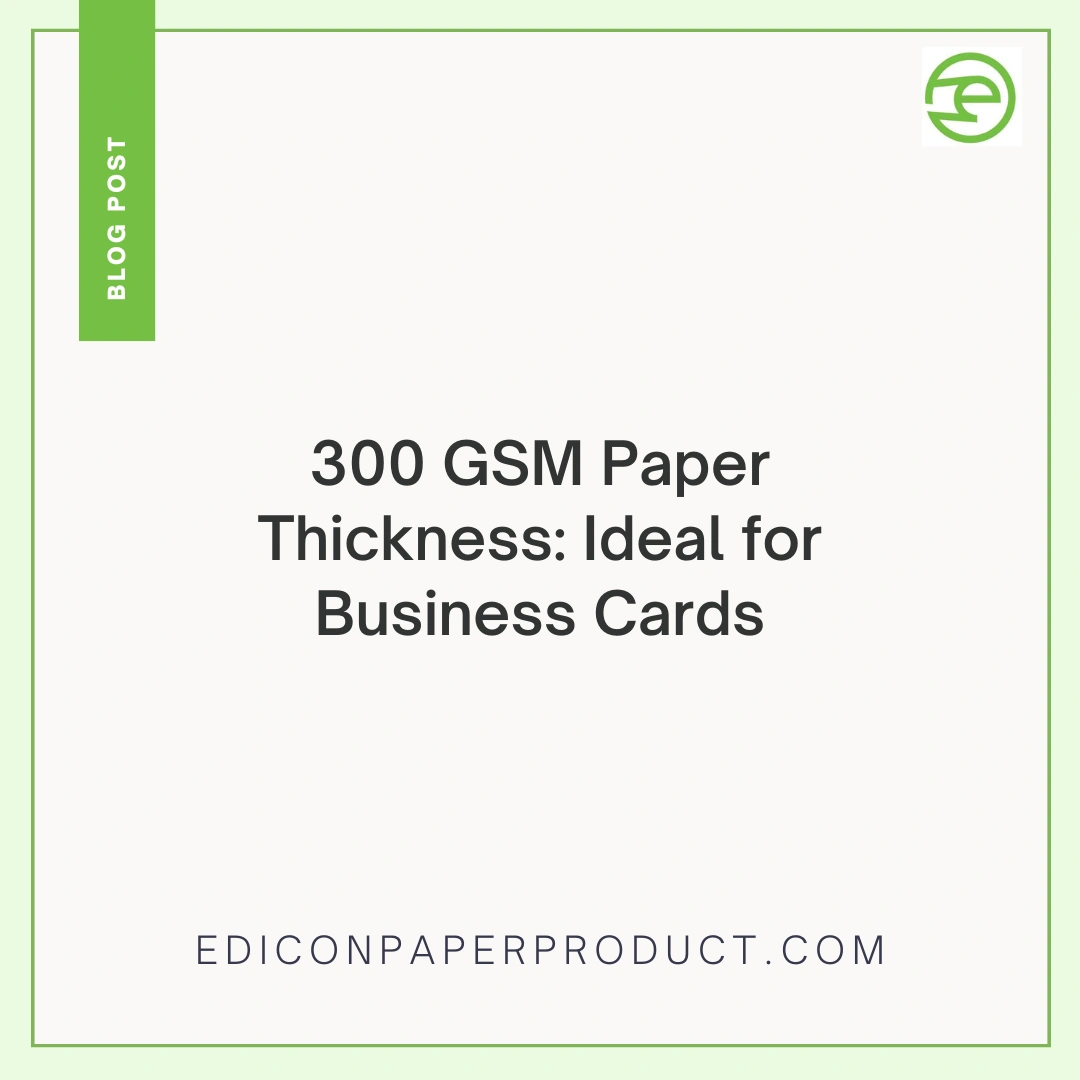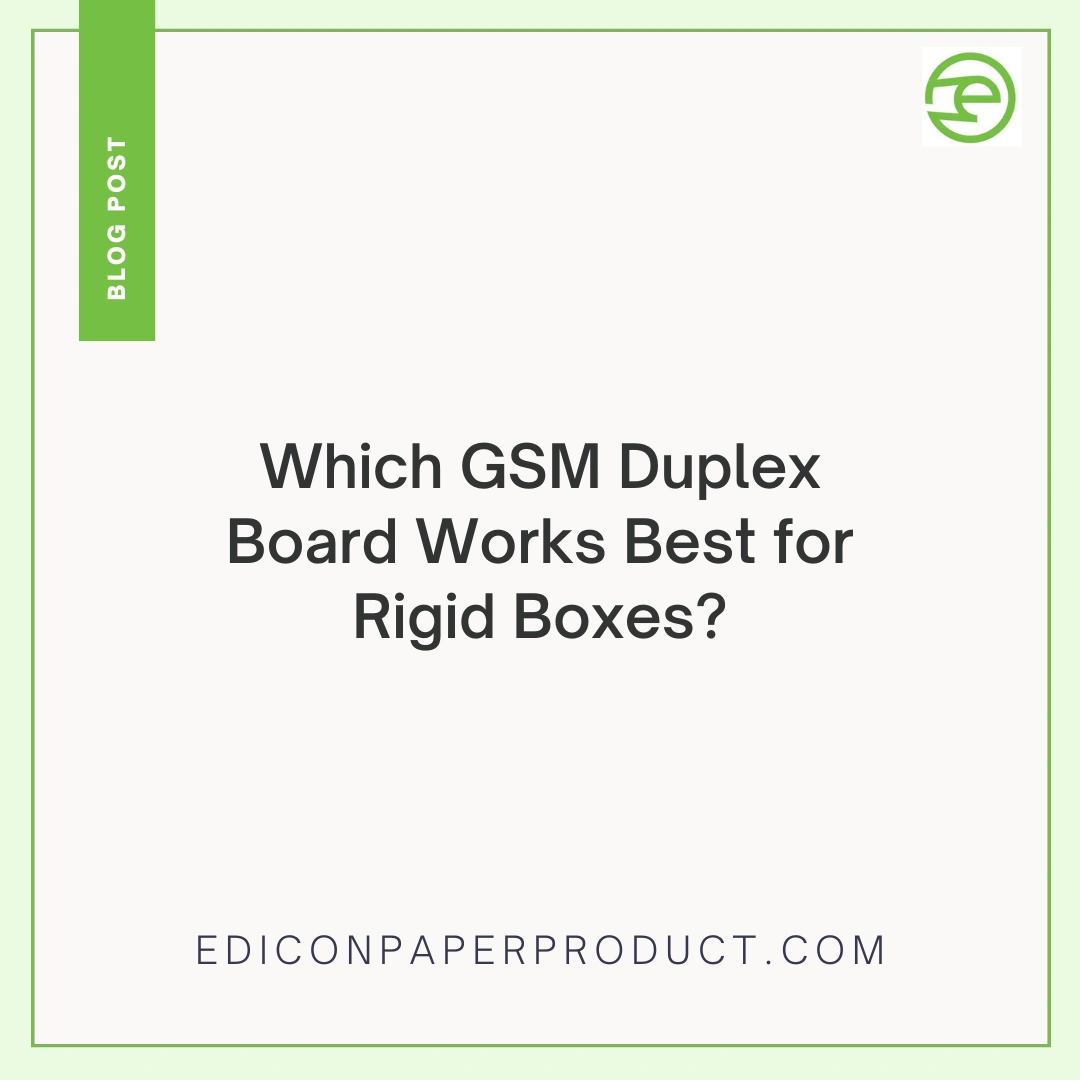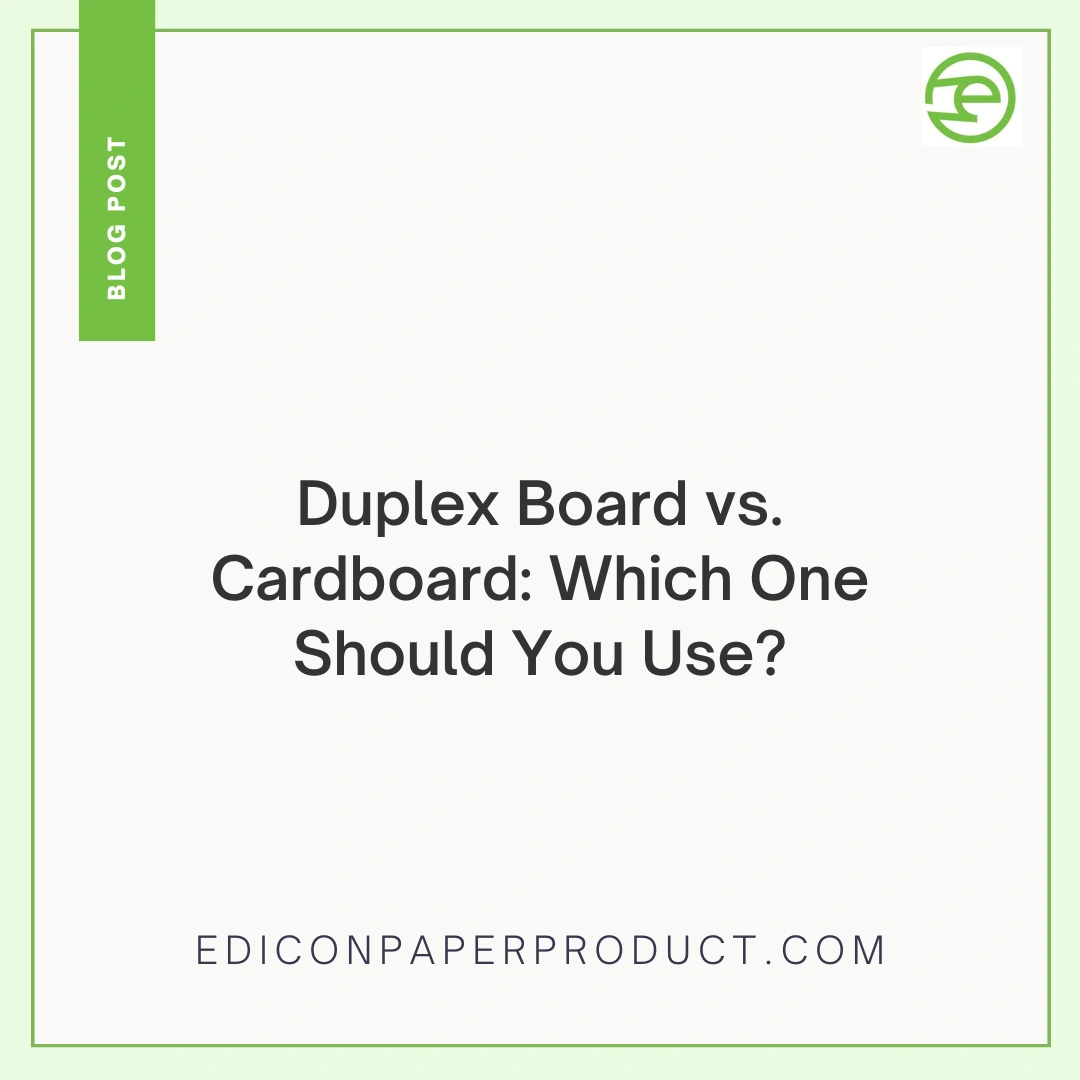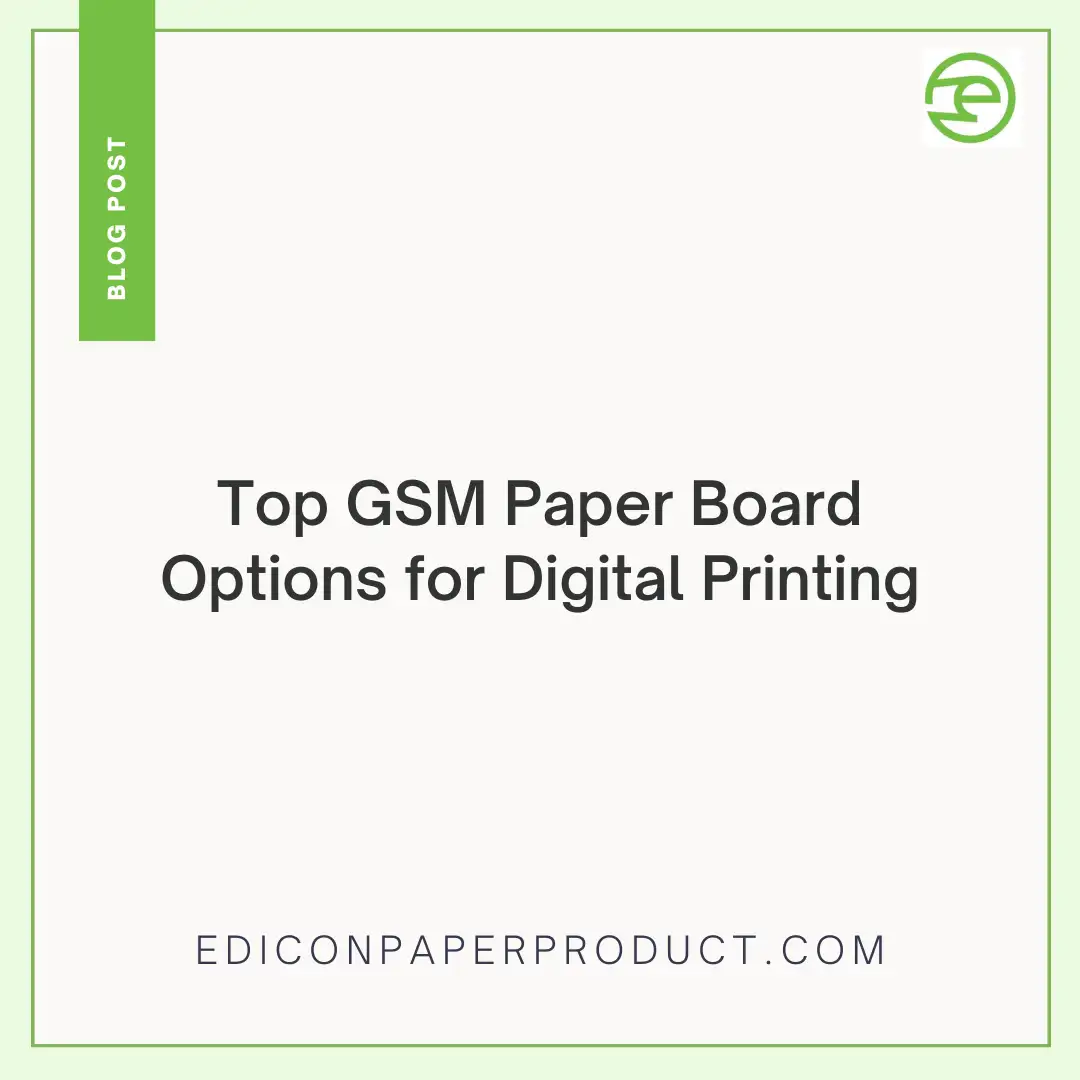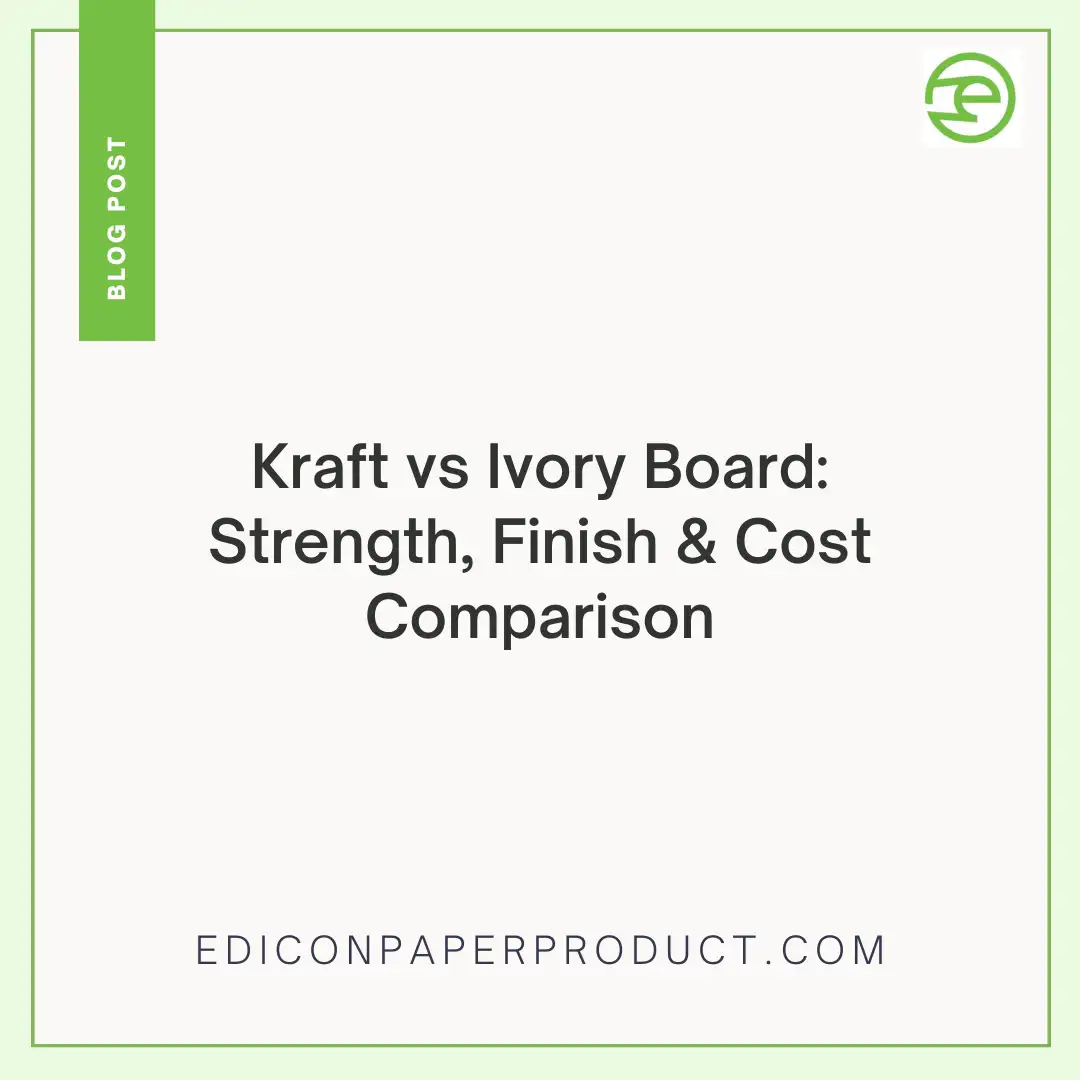300 GSM Paper Thickness: Ideal for Business Cards
In terms of producing high quality professional business cards that produce a quality lasting impression, the weight of the paper used is a big factor in quality and durability of the printed material. 300 GSM paper has been proven to offer the ideal combination of professional look, durability and price point making it the hands down industry standard paper to print business cards on. Being aware of the reasons for 300 gsm paper thickness being the most appropriate to use in business cards can guide you to make better choices in your subsequent publishing session.
Understanding 300 GSM Paper Specifications
![]()
The 300 gsm paper, meaning it is 300 grams per square meter, or in other words, much thicker and sturdier than a normal copy paper. This measurement translates to approximately 14 points (Pt) or 0.014 inches in thickness, placing it firmly in the cardstock category.
The GSM (Grams per Square Meter) method of measuring papers offers an effective means of comparing the weights of different papers with different manufacturers and types of papers. Although GSM is a measurement of weight and not thickness, they are strongly correlated. GSM thickness in the 300 gsm paper for printing can provide the amount of weight to display professionalism as well as to be easily used.
It's important to note that different paper compositions can affect the relationship between weight and thickness. For instance, a 300 GSM art board may feel different from a 300 GSM coated stock due to variations in fiber density and manufacturing processes.
Printing Advantages of 300 GSM Paper
• Better Ink Absorption: The composition and density of 300 GSM paper gives good absorption of inks making the text sharp and the colours vibrant. This attribute eliminates ink bleeding and gives clean and professional print that clearly depicts your brand colors.
• Better Color Reproduction: Provides excellent surface to reproduce color, accurate logos, graphics and text. Surface features of the paper facilitate the smooth variation of colors or contrasting and strong designs.
• Flexible Printing Suitability: 300 gsm paper is versatile in terms of varying printing suitable with digital printing, offset printing, or specialty processes. It is also versatile and can be used in small production and large-scale production which can work across different business requirements and budget requirements.
• Finishing Options: The finish nature of the 300 GSM paper allows different methods of finishing such as embossing, foil stamping, and spot UV coating. These alternatives enable better graphic design and texture features that would further differentiate your business cards in comparison with their generic counterparts.
Why Choose 300 GSM Paper for Business Cards?
![]()
• Professional Structure: 300 gsm paper is the recognized “professional standard” throughout the industry. It is thick enough to be impressive but not bulky and fits in the majority of business fields. This weight has just enough rigidity, stiff enough to suggest quality, not so stiff as to be awkward.
• Durability: A 300 gsm paper business card can resist the bending, creasing and rough and tumbling environment inside a wallet and briefcase. Other thinner papers may crease or appear cheap, unlike 300 gsm cardstock which allows it to withstand your day to day contact without getting soiled.
• Superior Print Quality: The heavier 300 gsm paper means that high quality ink can be soaked in and in high detail so your logo, colors and text can be displayed in an appealing and high quality manner. You can use matte, glossy, and textured finishes without any issues with 300 gsm.
• Cost Efficiency: 300 gsm is within the sweet point between cost and quality feel. The 400 gsm paper will provide you with the luxury factor but in the case of 300 gsm gives you a professional image with a more affordable cost.
What Makes 300 GSM Paper Stand Out?
• Pocket-Friendly Size: 300 gsm paper is fit within the correct size that fits well at wallets and business cardholders compared to the other heavy papers that might be too thick to fit in the pocket holders. This is a practical consideration that makes sure your cards are easily accessible and will not be disposed of by storage inconvenience.
• Professional Acknowledgement: Business cards should be printed on 300 gsm paper as the industry and consumer value and expectations will be violated. Such a weight will give your cards a professional appearance without your cards appearing to be a cheap quality.
• Handling Characteristics: 300 GSM paper is flexible thus it can be handled easily when distributing as well as structurally. This supplement does not allow the cards to look paper-thin or too stiff, adding to a convenient feel.
Applications Beyond Business Cards
![]()
While business cards represent the most common application, 300 gsm paper thickness proves valuable for various other professional printing projects that require similar durability and presentation quality.
• Postcards and Direct Mail: The durability of 300 gsm paper makes it excellent for postal applications where materials must withstand handling during delivery. Marketing postcards printed on this weight arrive in pristine condition, maximizing the impact of your message.
• Greeting Cards and Invitations: For personal and corporate invitations, 300 gsm paper for printing provides the substantial feel that conveys importance and attention to detail. The weight supports folding without cracking while maintaining elegant presentation.
• Marketing Materials: Tent cards, table talkers, and small promotional materials benefit from the self-supporting properties of 300 gsm paper thickness. These applications require papers that can stand independently while resisting bending from environmental factors.
How to Choose the Right 300 GSM Paper?
Selecting the appropriate 300 gsm paper for your project involves considering several factors beyond weight alone, ensuring optimal results for your specific application.
• Coated vs. Uncoated Options: Coated 300 gsm paper for printing offers enhanced color vibrancy and smooth finish, making it ideal for image heavy designs. Uncoated versions provide better writability and a more natural feel, suitable for cards where recipients might need to write notes.
• Finish Considerations: Matte finishes reduce glare and provide elegant, sophisticated appearance, while glossy finishes enhance color saturation and visual impact. Silk finishes offer a compromise between the two, providing subtle sheen without excessive reflection.
300 GSM Paper for Business Cards
Conclusion
300 GSM paper thickness is a perfect choice for business cards that are meant to impress. With its sturdy build, professional feel, and excellent print compatibility, this cardstock stands out as a versatile and reliable option. Whether you're an entrepreneur or a corporate brand, choosing 300 GSM paper for printing business cards can help you make a lasting mark—literally and figuratively.
Ready to create professional business cards that make lasting impressions? Visit Edicon Paper Product to explore our premium 300 GSM paper options and discover the perfect solution for your business card printing needs.

